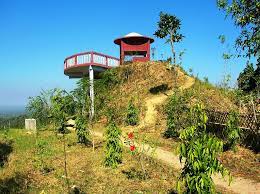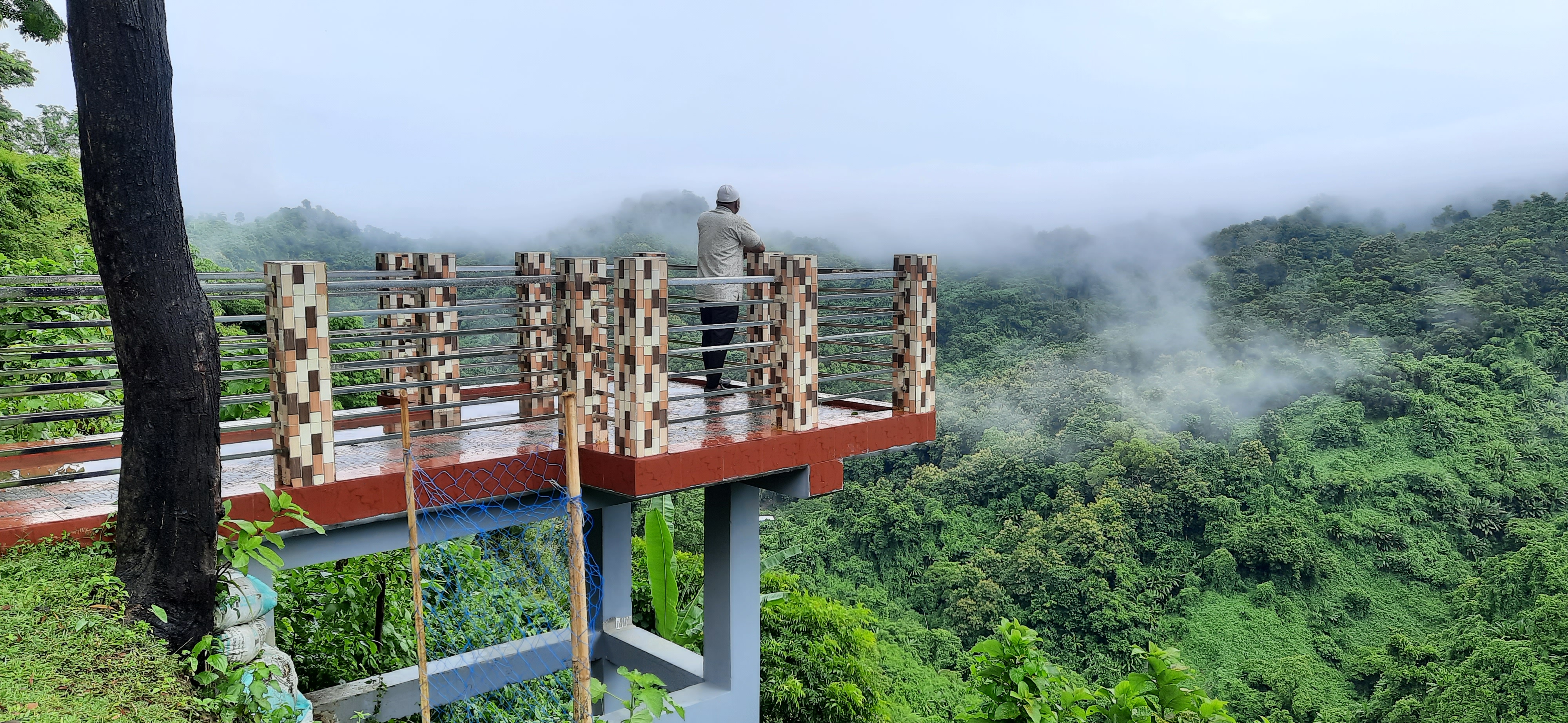-
About Upazila
Introduce to Upazila
History & Tradition
Geography & Economic
-
Upazila Parishad
Current Parishad
Activities
-
About Upazila Administration
Upazila Nirbahi Officer
About Organogram
Schedule & and Meeting
- Lama Municipality
-
Government office
Law and order is a matter of security
Education and culture
Agriculture, fisheries, animal and food matters
Health and environmental issues
Engineering and information and communication technology
Human resource development issues
ভূমি ও রাজস্ব বিষয়ক
-
Different Institutions
Educational Institutions
Religious Institutions
- e-Services
- Gallery
- Communication
- UGDP
- Logic Project
-
About Upazila
Introduce to Upazila
History & Tradition
Geography & Economic
-
Upazila Parishad
Current Parishad
Activities
-
About Upazila Administration
Upazila Nirbahi Officer
About Organogram
Schedule & and Meeting
-
Lama Municipality
লামা পৌরসভা
-
Government office
Law and order is a matter of security
Education and culture
Agriculture, fisheries, animal and food matters
Health and environmental issues
Engineering and information and communication technology
Human resource development issues
ভূমি ও রাজস্ব বিষয়ক
-
Different Institutions
Educational Institutions
Religious Institutions
- e-Services
-
Gallery
Photo Gallery
Video Gallery
Covid-19 reg
-
Communication
Communication Lama Upazila
-
UGDP
Activities
-
Logic Project
Local Adaptation Plan of Action
লজিক প্রকল্প (২০২৩-২৪)
Lama Upazila is geographically surrounded by hills and rivers and is more diverse than other districts of the country. Alikadam and Naikhyangchhari upazilas in the south of the upazila, Ramu and Chakaria in Cox's Bazar and Lohagara upazila of Chittagong in the west, Sualak union of Bandarban in the north, Thanchi and Ramnama upazilas of Bandarban in the east.
With an area of 61.84 sq km, the river area is 8.173 sq km, the reserved forest area is 332.628 sq km and the area under cultivable land is 260.845 sq km. At present most of them are cultivated and settled. The upazila is situated at 21.38 to 21.59 north latitude and 92.04 to 92.23 east longitude and 29.8 m above sea level. The height of the hills here is 200 to 300 meters. The once inaccessible hill lama is now a bustling developing tourist town. The magnificent natural beauty, the winding Matamuhuri River, the high peaks of the sad and forward hills, the former Bilchhari Mahamuni Buddhist Monastery and the Quantum Foundation, known as the pilgrimage place for Buddhists, make it easy for tourists to travel from home and abroad. Moreover, the ethnic people living in this upazila have different languages and cultures. Many of their customs, agriculture, social life and glorious cultural heritage have made the culture of Bangladesh glorious and diverse.
According to the 2011 census, the total population of the upazila is 1 lakh 13 thousand 413 people. Among them 58,904 are males and 54,509 are females. And 22 thousand 447 families. The total number of voters here is 56,482. Of these, 29,960 are male voters and 26,482 are female voters. Of these, 14,465 are Marmas, 5,192 are from Tripura, 6,060 are from Murmum, 7 are from Chakma, 129 are from Tangchangya and 221 are from Kheyang. However, most of the Tripura community have converted to Christianity. The exact number is not known. The population density is 249 people per square mile. 73.27 percent of the families of the upazila are dependent on agricultural work. 5.84 percent people are engaged in animal husbandry and fishing. 15.54 percent agricultural labor. In other works, day laborer is 6.27 percent. Businessmen 8.23 percent and employees 8.23 percent. In addition, notable people depend on local forests. Most of the people here make a living by collecting trees, bamboo and mountain pebbles and sand from the hills. The demand for food in the upazila is 15171.00 MT. Production is 14105.00 MT.

Planning and Implementation: Cabinet Division, A2I, BCC, DoICT and BASIS










